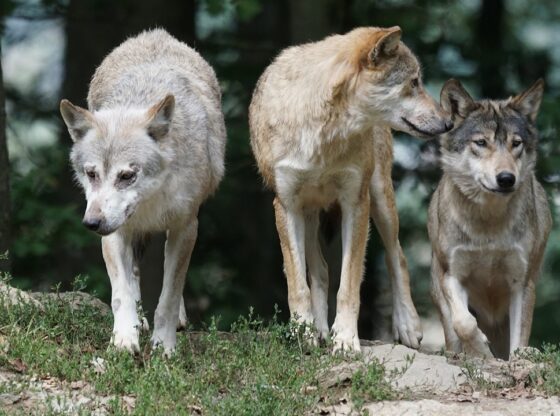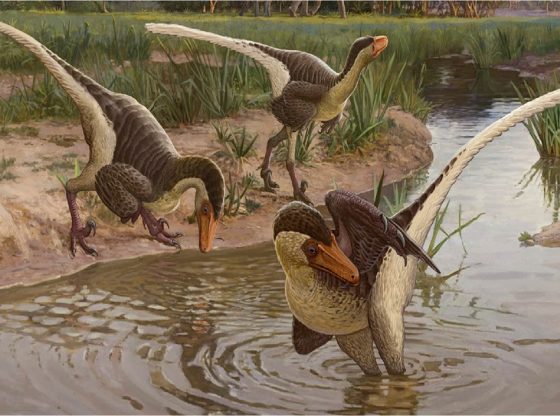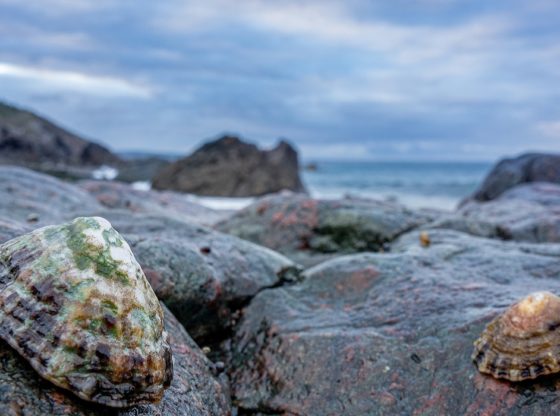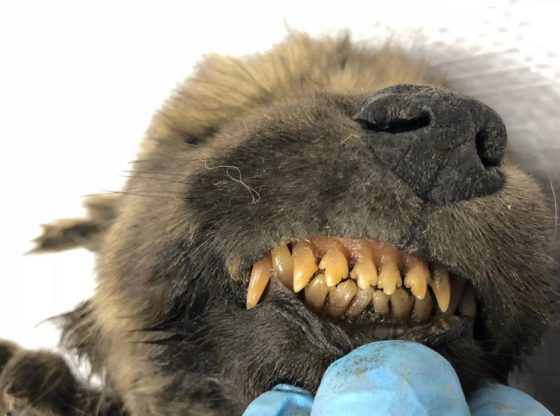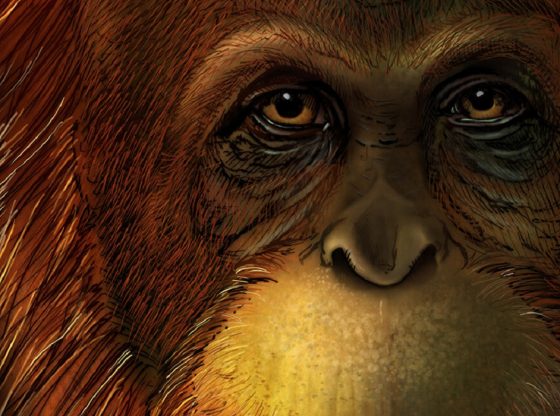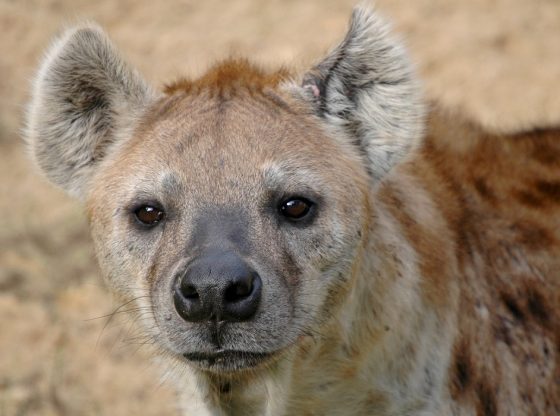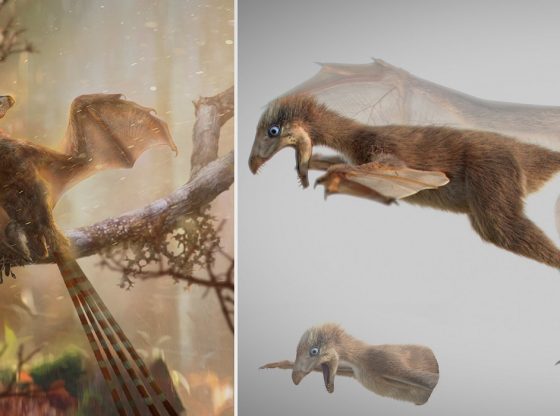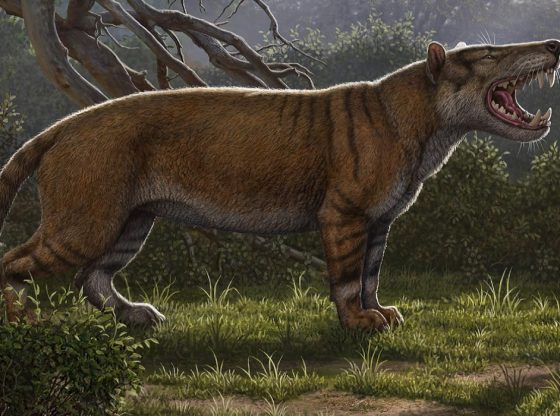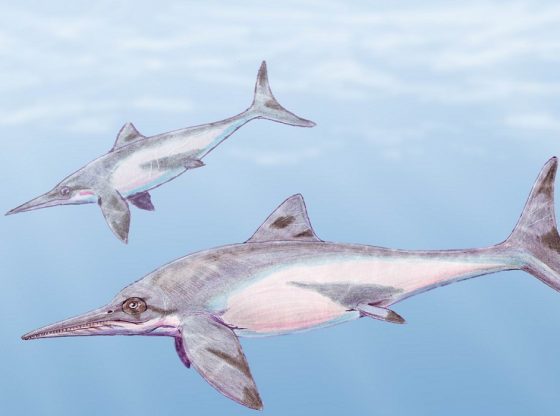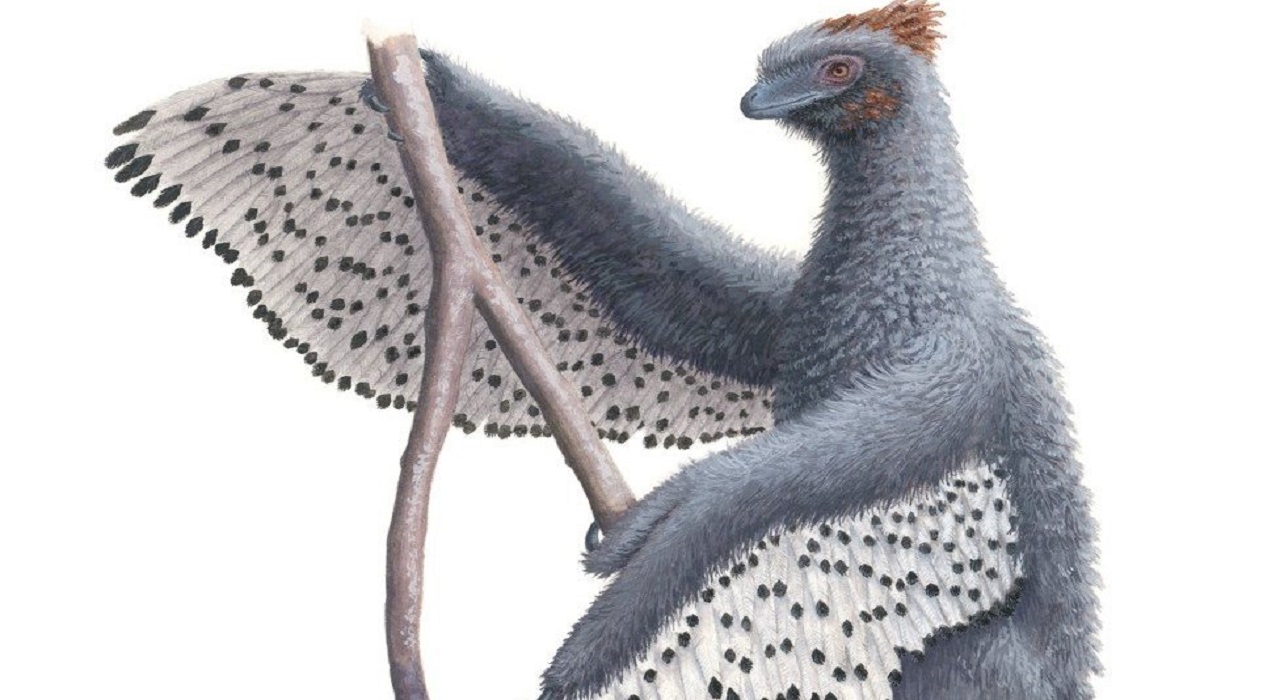
Some very well-preserved feathers from a dinosaur may force us to reassess what dinosaurs actually looked like, making us ask if feathered dinosaurs were much fluffier than previously thought.
Researchers at the University of Bristol have studied fossilized feathers from an Anchiornis, a dinosaur about the size of a raven. It had a wingspan of up to 1.64 feet (0.5 m), grew to about 1.3 feet (0.4 m) long, and weighed 0.1-0.25 kg.
This dinosaur has a kind of spring feathers not seen in previous fossils. This extinct, primitive feather form consisting of a short quill with long, independent, flexible barbs erupting from the quill at low angles to form two vanes and a forked feather shape.
This kind of feather was far fluffier than today’s bird feathers that are more streamlined. The Anchiornis also had four wings with feathers on both arms and legs. Together, this would give Anchiornis a fluffy appearance, much fluffier compared to the streamlined bodies of modern flying birds.
The researchers hypothesize that this type of fluffy feather made it harder for this dinosaur to maintain a comfortable body temperature and that it probably had an adverse effect on their ability to fly, compared to modern birds, since this shaggy plumage would probably have increased drag when Anchiornis glided through the air.
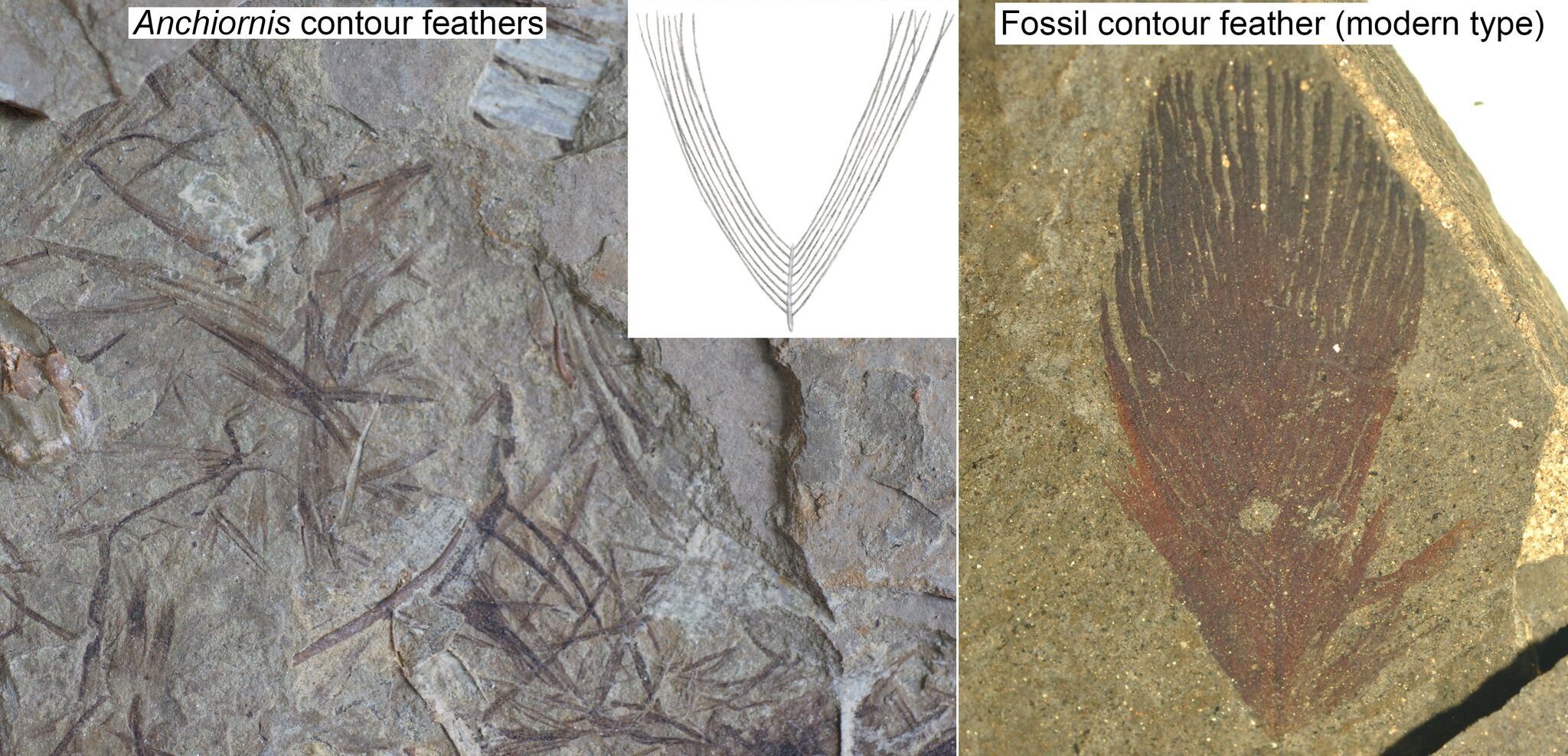
The researchers have developed a picture of how they think Anchiornis looked like and it surely represents a radical change from how dinosaurs are usually depicted.
Illustrator Rebecca Gelernter worked with Evan Saitta and Dr. Jakob Vinther, from the University of Bristol’s School of Earth Sciences and School of Biological Sciences, to draw the animal as it was in life.
The colors are based on analysis of the color pigments found in the fossils, although highly ambiguous, producing these kinds of images, therefore, remains somewhat controversial in paleontology.
“The novel aspects of the wing and contour feathers, as well as fully-feathered hands and feet, are added to the depiction,
“Most provocatively, Anchiornis is presented in this artwork climbing in the manner of hoatzin chicks, the only living bird whose juveniles retain a relic of their dinosaurian past, a functional claw. This contrasts [with] much previous art that places paravians perched on top of branches like modern birds.
However, such perching is unlikely given the lack of a reversed toe as in modern perching birds and climbing is consistent with the well-developed arms and claws in paravians.
Overall, our study provides some new insight into the appearance of dinosaurs, their behavior and physiology, and the evolution of feathers, birds, and powered flight.”
– Evan Saitta, co-author of the study.
The research was published in the journal Paleontology.
Reference:
Saitta et al. Additional information on the primitive contour and wing feathering of paravian dinosaurs. Published in Paleontology 28 Nov 2017.

